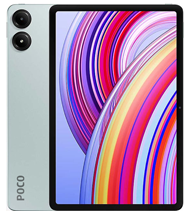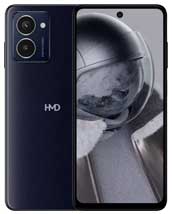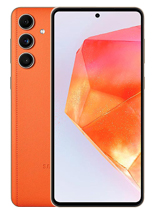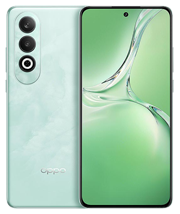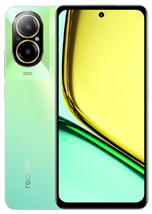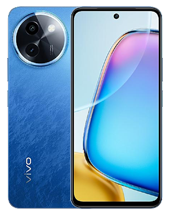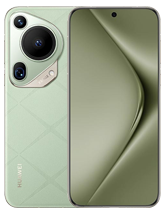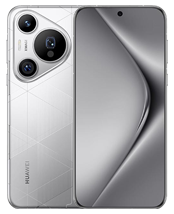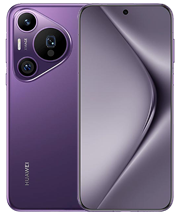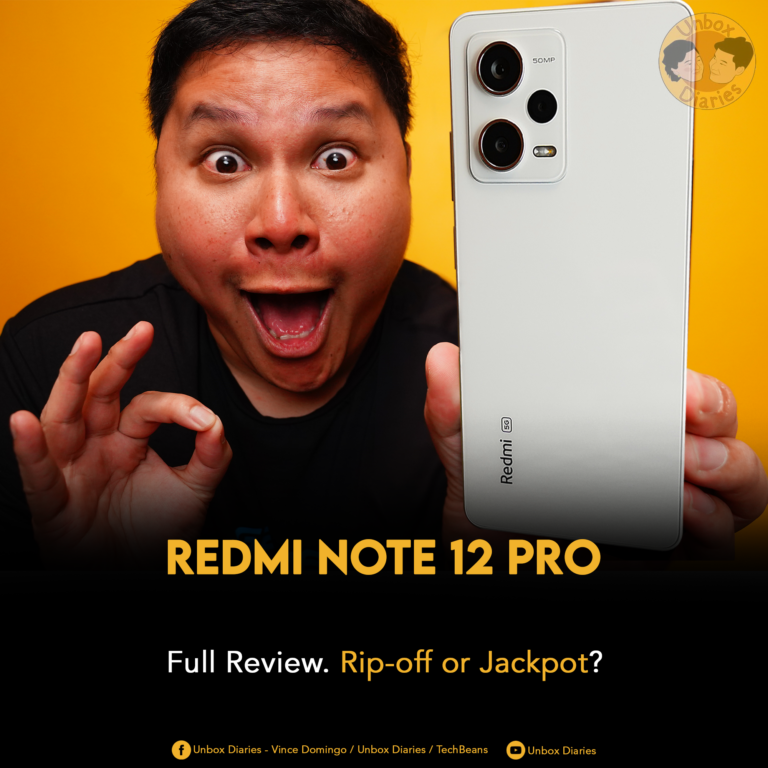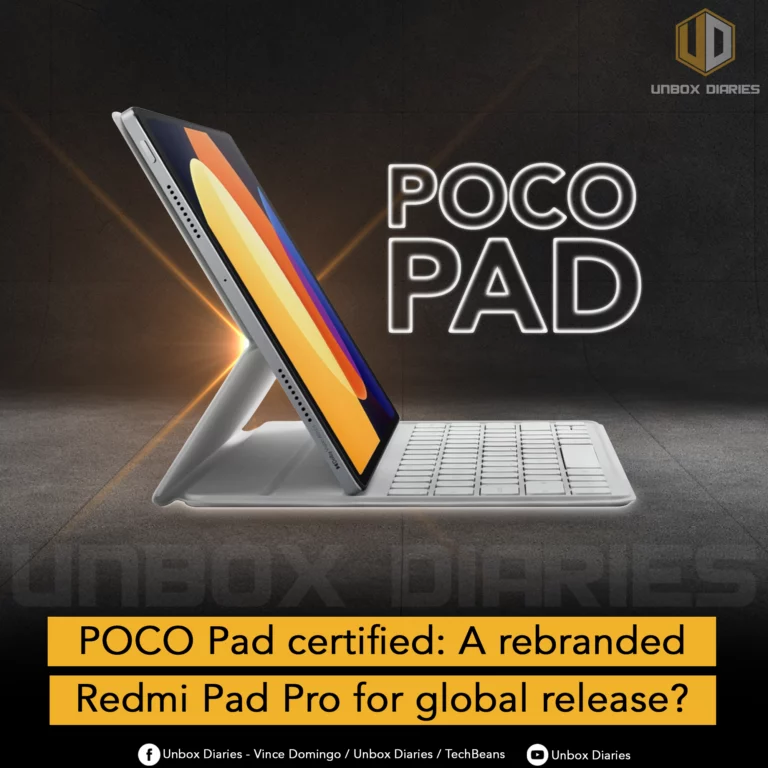The Redmi Note 12 Pro stands in the middle of the Note series and clashes with the Realme 10 Pro+. Can it show to be more affordable than these gadgets? Let’s find out in the review

Since 2014, the Redmi Note series has been a staple lineup for the Chinese tech heavyweights. For years to come, the smartphone industry will undergo a quantum leap as a result of the need for other manufacturers to match these pricing. We have seen a lot of changes in terms of technology, software, design, and other things over the years.
The Redmi Note 1S’s debut price was around Php 5,344 while the more current Redmi Note 11 Pro+’s flagship model broke the Php 13,000 mark. By implementing significant hardware upgrades and making price adjustments, Xiaomi is attempting to entirely redesign the lineup with the Redmi Note 12 series.
Specs
With its triple rear camera configuration and OIS, the Redmi Note 12 Pro may have an advantage over rivals. Additionally, it has a large 5,000mAh battery and quick charging, along with an AMOLED display. Can the Redmi Note 12 Pro offer budget shoppers a better value than either its older sister or the competition? See what we discover in our review.

Design and display
The back of the Redmi Note 12 Pro isn’t covered with a blinding gloss or an extravagant design. Instead, it maintains a boxy shape with a mirror-like glossy glass back panel that collects fingerprint smudges. There are four color options for the device: Blue, Black, White, Violet. We are using the white colorway.
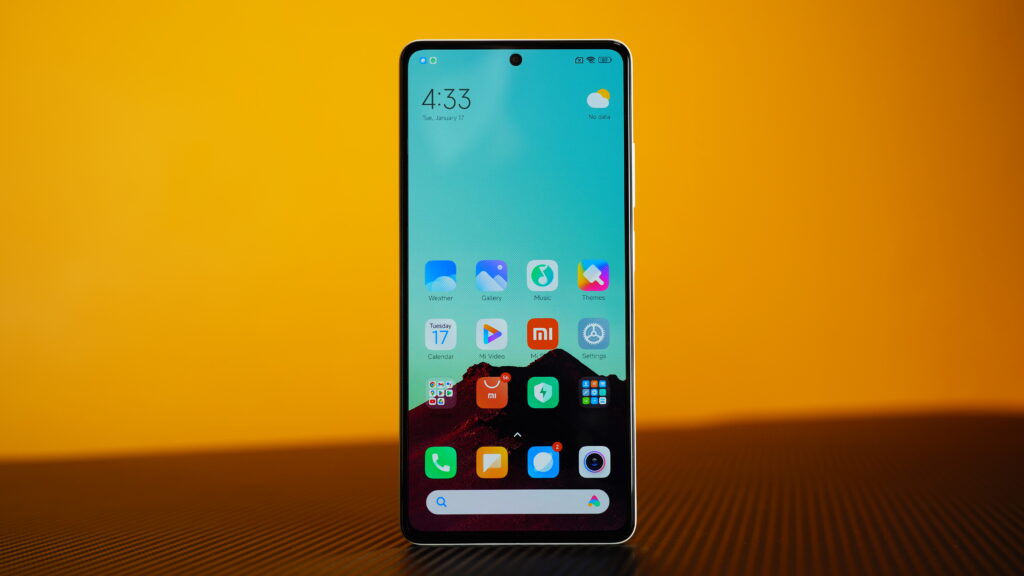
The popular color selections appear to be an effort to attract a segment of stylish, young, and cost-conscious buyers. We think it resembles a kid’s school project, which is adorable but not flauntable, if you ask us.
The rear panel’s materials are also used in the camera island. When placed on flat surfaces, the phone wobbles a little because of the protrusion. The back of the gadget lacks protection, in contrast to the front, making it vulnerable to drops. To avoid boarding the anxiety train, we advise slapping on a case. Xiaomi graciously included one in the box as well.
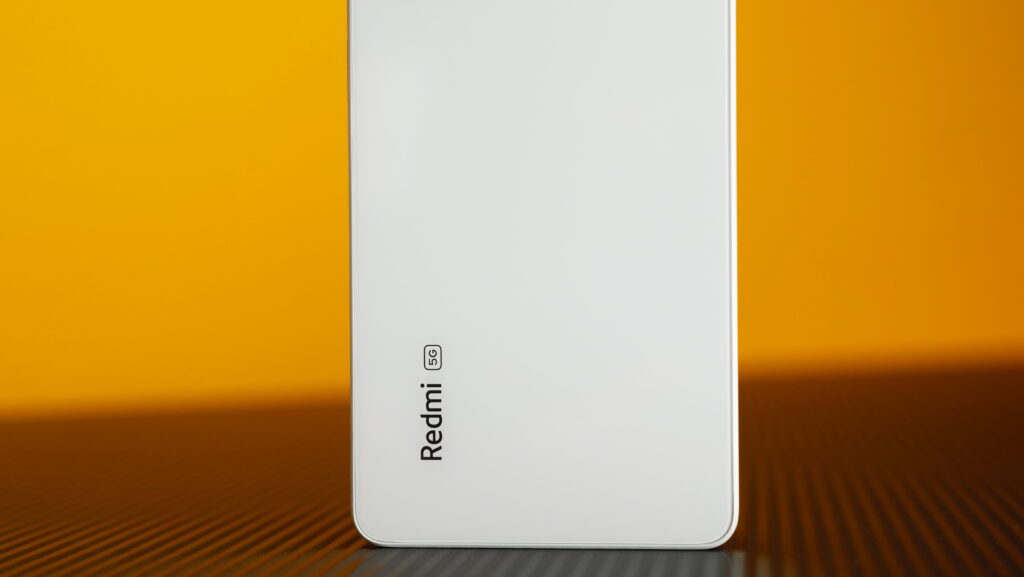
The weight of the item appears to be balanced and it is relatively light. It weighs 187 grams and measures 7.98mm in thickness. Since the boxy design is not ergonomically suitable for one-handed use, we are not huge lovers of it. The matte-finished, plastic frames have frames.
The power button, which also functions as a fingerprint sensor, and the volume rockers are located on the right side of the phone. An IR blaster, a Redmi staple, is located on the top side, followed by a second microphone for noise cancellation. A stereo speaker set-up and a 3.5mm headphone jack are also included.

The bottom of the device houses a speaker grille, a SIM tray, a primary microphone, a USB Type-C connector, and the left side is spotless. With the Redmi Note 12 Pro, dual SIM is supported. The device has an IP53 classification for water and dust protection, which should protect it from minor splashes of both.
As is customary for AMOLED panels made for Redmi devices, the display is clear and vibrant with good contrast levels. Widevine L1 certification at the hardware level also makes it feasible to watch high-quality movies on OTT services.
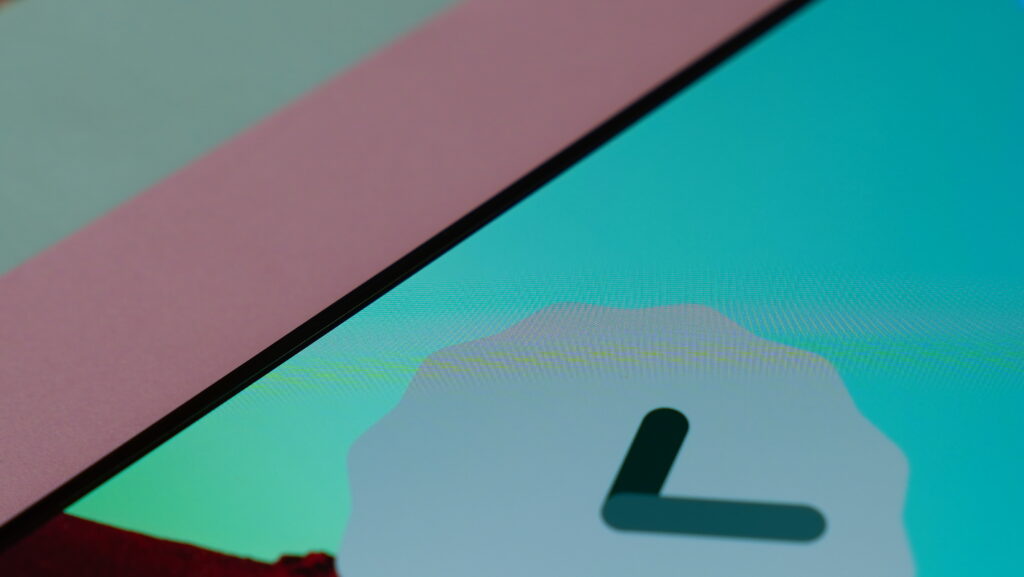
Darker scenes are portrayed quite well on the display. For a wider range of content that complies with high dynamics, the display now supports Dolby Vision. By offering a nearly perfect video-watching experience for the price, the twin stereo speaker configuration with Dolby Atmos puts the finishing touches on the bargain. When the speakers are loud enough, crystal-clear audio is produced.
Without a 90Hz option, the Redmi Note 12 Pro enables manual switching between 60Hz and 120Hz. That’s unfortunate because it’s the ideal setting for power conservation without feeling like you’re using a smartphone that was designed in the year 2010. The Realme 10 Pro+ had some trouble keeping high refresh rates on apps like Twitter during our testing time, but that’s not a problem.
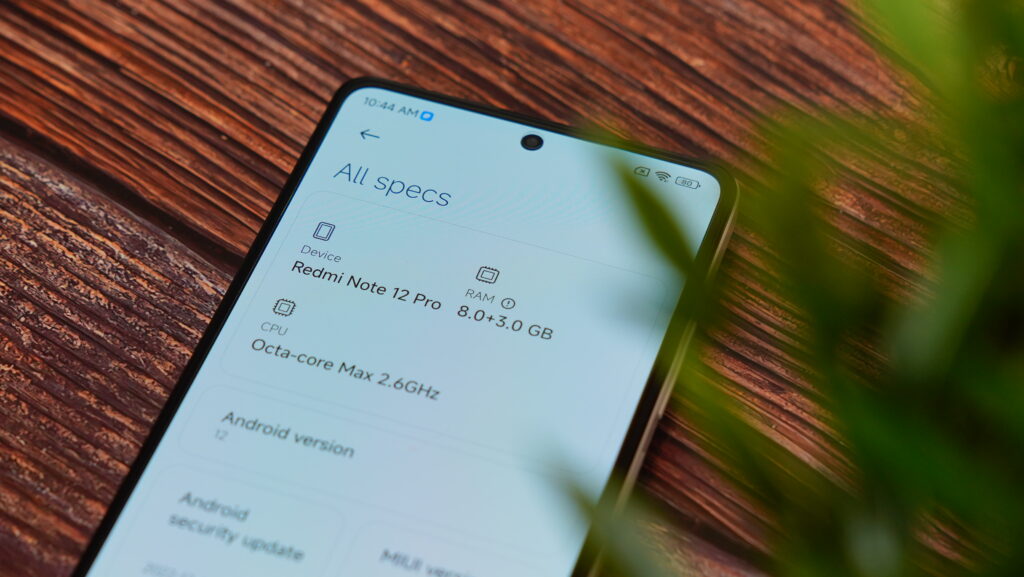
Software and performance
Similar to its older sister, the Redmi Note 12 Pro is powered by the MediaTek Dimensity 1080 SoC . The Dimensity 1080 is an octa-core chipset, based on the 6nm fabrication process .This complete process works on up to 8GB of RAM and UFS 2.2 storage, with a max clock speed of up to 2.6GHz and a Mali-G68 MC4 GPU. Up to 5GB of virtual memory is also available here as part of the RAM expansion trick. You can’t disagree with the figures, even though we don’t exactly see why it’s necessary for a phone with adequate hardware memory.
It provides you with 10 5G bands to let you board the high-speed data train and a battery-saving 5G mode that uses less power in specific circumstances. After all, it’s a Xiaomi phone, therefore you get MIUI 13 based on Android 12, which may be an issue for some. The Realme 10 Pro+, its main rival, ships with Android 13 out of the box.
Daily duties are effortlessly completed using the Redmi Note 12 Pro. Multitasking and app switching are handled seamlessly by the phone. Instagram, Twitter, Netflix, and other apps were typically what we used the most of. For the Note 12 Pro, none of the applications presented any problems. In our torture test, which simultaneously runs Google Maps and YouTube Premium, it functioned without a hitch.
We encountered no issues with the side-mounted fingerprint sensor or the face unlock (get it?). The haptic feedback was likewise passable but not particularly noteworthy.
The Redmi Note 12 Pro received a score of 493134 on the Antutu 9 Benchmark tests. We also played Mobile Legends and Call of Duty Mobile on the Redmi Note 12 Pro.The graphics and frame rates for Apex Legends Mobile were set to “High” and its kind of disappointing that the HD option was grayed out. The game was able to render at a frame rate of 40, but we saw significant drops in frame rate (26fps) when landing in hot drop locations. When an opponent squad was close by, we also occasionally noticed frame dips. Other than that, the game played smoothly during squad battles, with just brief reductions to 37 frames per second. The battery only lost 3% of its charge after 15 minutes.

The settings for Call of Duty: Mobile were “Low” and “Max.” Without many issues, we were able to achieve 58–60 frames per second. There were, however, a few frame drops close to the explosion zone.
Cameras
The Redmi Note 12 Pro has a triple rear camera setup which comprises a 50-megapixel Sony IMX766 sensor. This sensor is popular in smartphones that are priced far higher, such as the Nothing Phone (1), OnePlus 10T, Oppo Reno 8 Pro. Additionally, you also get an 8-megapixel ultra-wide angle camera, and well, a 2-megapixel macro camera. As for the front camera, a 16-megapixel shooter takes care of selfies. The camera UI sees no major changes from the previous generation.
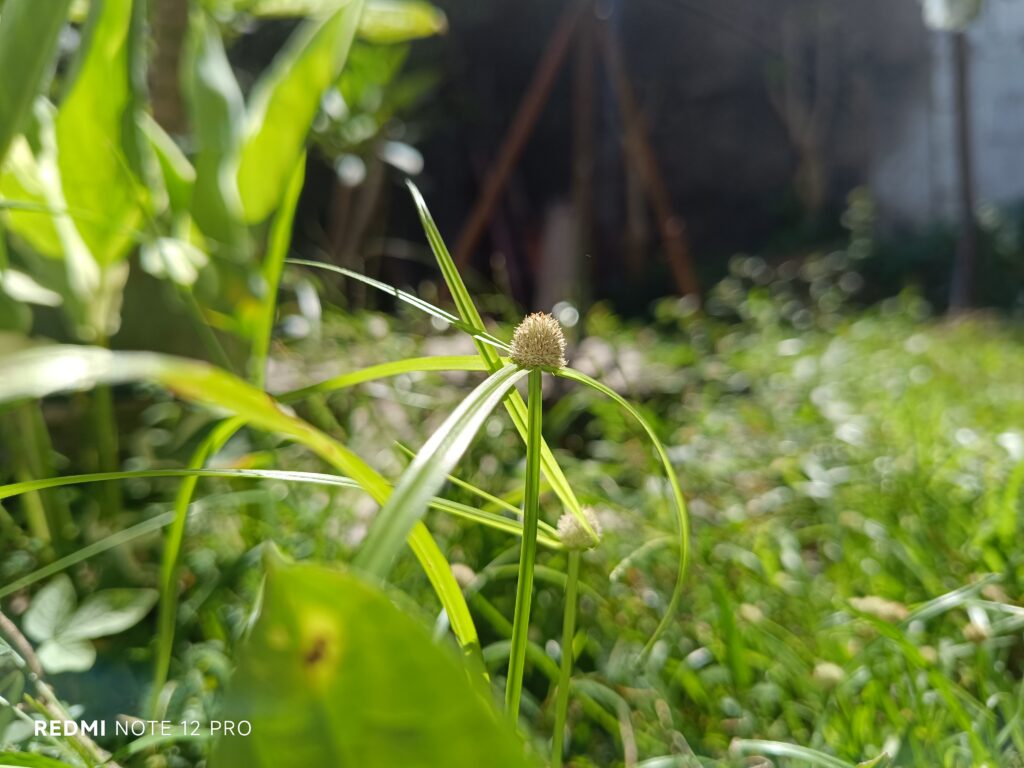
The “More” tab offers a 50-megapixel setting along with a number of other intriguing capabilities in addition to the standard options. The option up top also allows you to activate the HDR and AI modes. You get a ton of filters and beautifying settings to play around with, in typical Xiaomi manner.
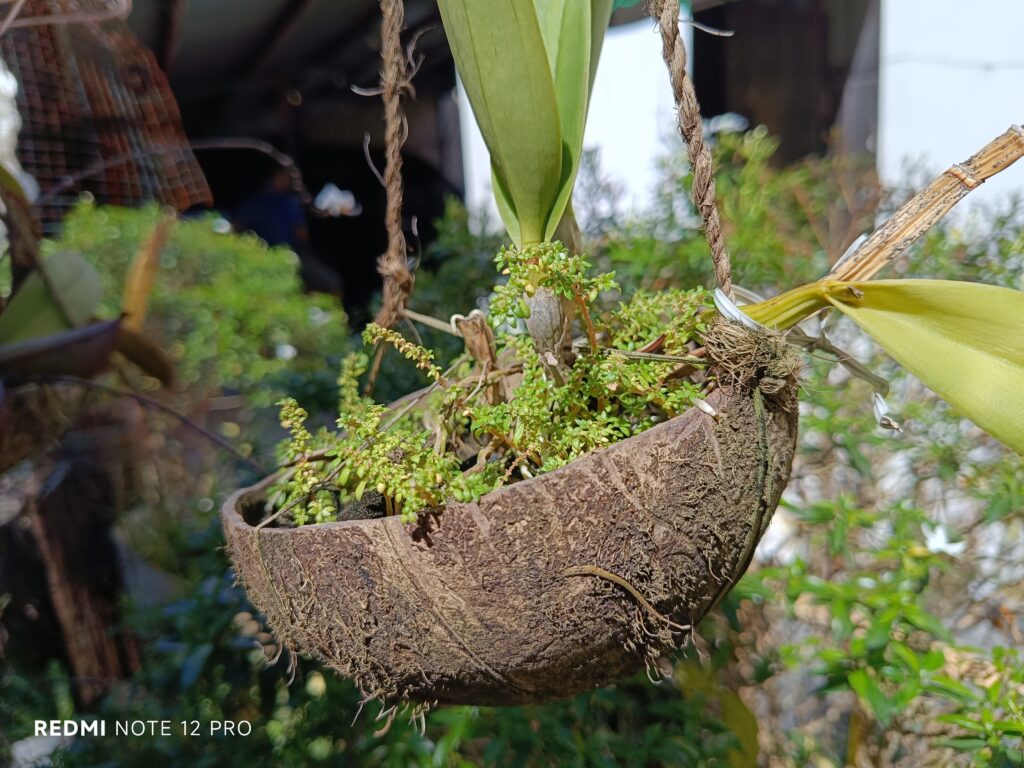
The Redmi Note 12 Pro’s daylight photos were vivid, precise, and clear. Warmer tones are typically preferred by the primary camera. Additionally, in other cases, the sharpness was excessive. While the camera handles HDR effectively in the majority of situations, some challenging conditions can throw it off. The 1/1.56″ sensor allowed for superb background blur in close-up images as well.
Colors in the images were good and natural. It does a good job of maintaining skin tone when photographing people. Most of the time, edge detection in Portrait Mode works effectively, although untidy hair might make people nervous. You may alter the level before each shot, and the blur effect looks lovely (and after). Photos taken in the 50-megapixel mode are detailed, and even when zoomed in, text was still readable.
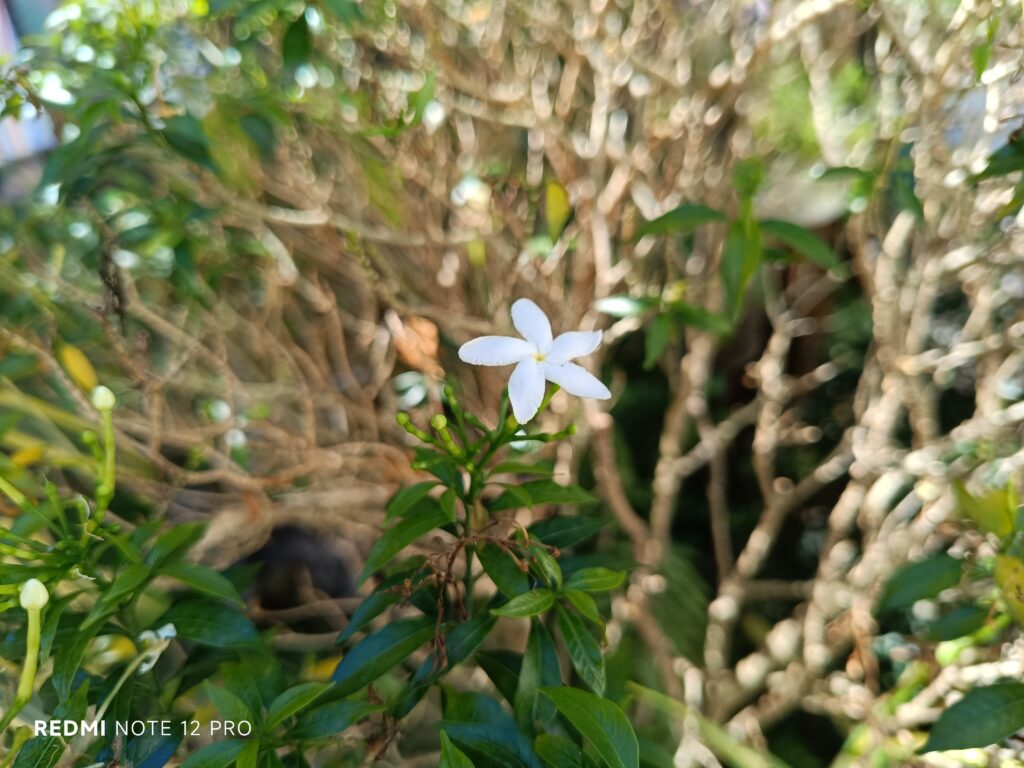
When using the ultra-wide angle lens, it is easy to see how the color temperature and details have changed. Comparatively speaking to the primary camera, the 8-megapixel shooter typically produces photographs with higher contrast. On this camera, colors still appear natural, and edge distortion was well-controlled.
Low-light images were generally well-done, with a good balance of light and detail. There were a few tiny granules in a few of the photographs, but nothing alarming.
Battery and charging
A large 5,000mAh battery, which appears to be the norm these days, is included in the Redmi Note 12 Pro. During our testing, the device nearly kept us going all day. We were able to watch for nearly 6 hours. Most of our time was spent watching YouTube videos and doing some light gaming and camera work. Stretching the battery to last all day should be achievable if you are a light user who doesn’t use the device much and keeps Bluetooth and GPS on all the time. The 67W charger that comes with the Redmi Note 12 Pro charges the phone to 44% in 15 minutes.
Conclusion
In terms of features, the Redmi Note 12 Pro is a robust smartphone. A good movie viewing experience is provided by the AMOLED display and dual speakers, and the 120Hz panel makes scrolling more quickly. The phone also does the bare minimum well, with a long battery life and quick charging.
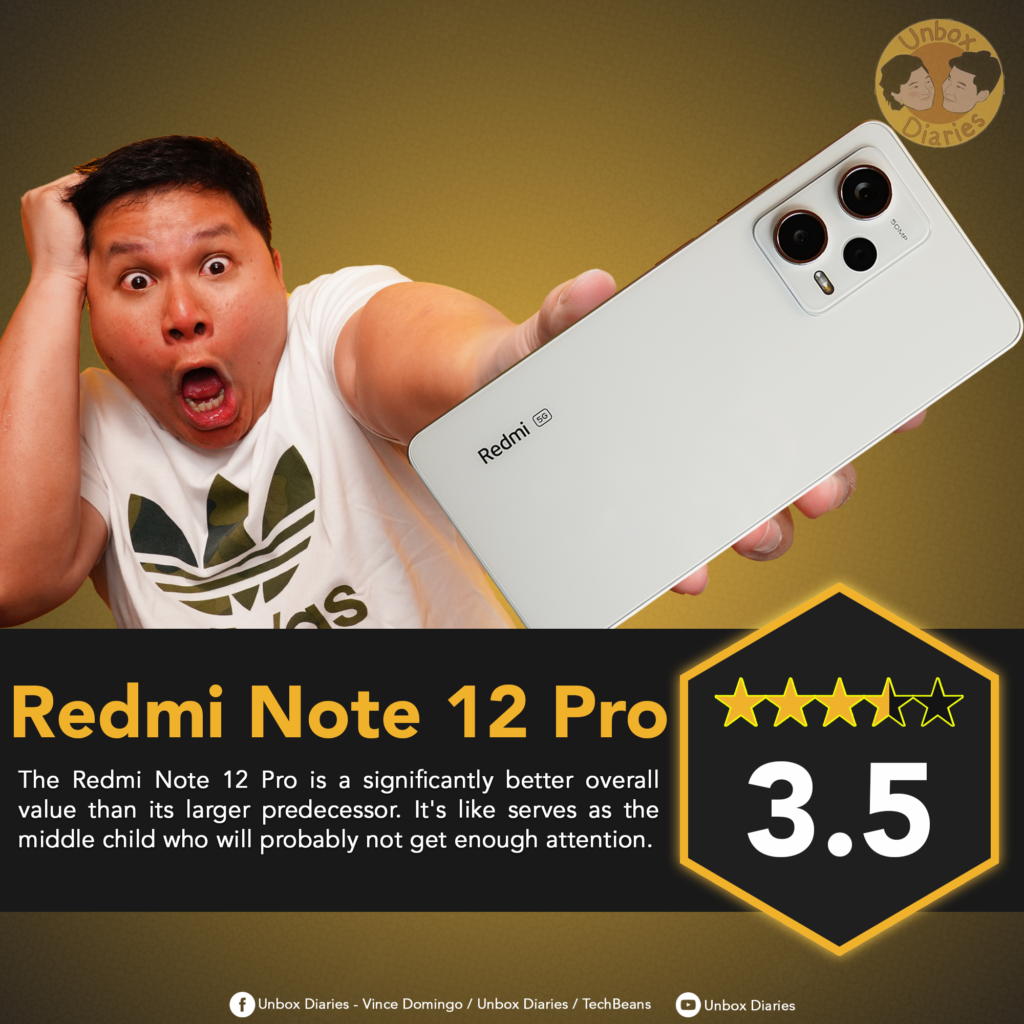
In the near future, we’ll see more devices with the MediaTek Dimensity 1080 processor. While the Note 12 Pro has effectively optimized it for its own benefit, we’d want to see more endurance in demanding titles like Apex Legends Mobile. Additionally, we hope that moving forward, problems with the dynamic range and daylight portrait will also be resolved.
In our opinion, The Redmi Note 12 Pro is a significantly better overall value than its larger sister. It serves as the middle child who will probably be picked. We apologize for repeating this statement so much, but it truly is a device to be noted.

